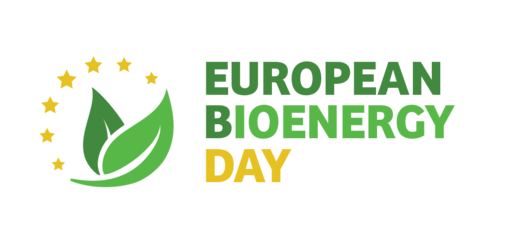The internet has become so commonplace that many of us have difficulty imagining what it takes to make this digital world a reality, including the number of servers and hubs required to power it. Most data centers worldwide rely heavily on fossil fuels to produce the electricity and cooling required to run the necessary equipment–what some call the “dark side” of the internet. Statistics are eloquent in that respect: a single Google search consumes 20 mg of CO2, while an email is between 0,3 to 4 g. Therefore, the 192 billion emails we send annually are equivalent to the footprint of 3,1 million cars per year. Estimates show that the internet consumes around 1037 TWh of electricity globally, representing the production of dozens of nuclear power stations across the world. This finally represents 609 million tonnes of greenhouse gas emissions, equivalent to the emissions from all civilian flights over a year!
Against this backdrop, most internet stakeholders are trying to find ways to make the internet greener. In this respect, bioenergy has a lot to offer, whether providing electricity or heating and cooling solutions. A great example showing such synergies can be found in Luxembourg, close to the city of Bissen, where the Kiowatt plant operates.
Kiowatt uses waste wood to produce electricity, heating and cooling. The project began in 2011, when LuxEnergie S.A., a Luxembourgish energy contracting company and the Groupe François, a Belgian wood industry and bioenergy company, decided to create a joint venture to take advantage of all benefits of bioenergy on a shared site.
Inside the Kiowatt plant, everything starts with a 17 MW boiler designed to use local wood waste which was not mobilised before. The boiler is equipped with a turbine to produce both heat and power. The electricity produced, around 21 GWh, is then sold directly to the grid. The heat, representing the most substantial energy produced (93 GWh) is used in three key applications: drying low quality wood for the manufacturing of wood pellets, fueling the district heating of the industrial area around the plant, and finally, two absorption machines convert the heat into cooling. The cooling system is then routed to the data center, which is operated by DataCenterEnergie Company S.A., providing internet servers with a renewable source of cooling.
In 2013, this synergy was the first of its kind in Europe. Today, Kiowatt provides 15 full time jobs onsite and contributes quite significantly to Luxembourg’s renewable energy targets. The Kiowatt plant represents 5% of Luxembourg’s goals for the production of green electricity, heating and cooling by 2020. According to expert estimations, some 350.000 tonnes of CO2 will not be emitted during this period thanks to the project, contributing to a direct reduction of almost 15% of GHG emissions targets for the country!
More detailed information could be found on the Kiowatt website



